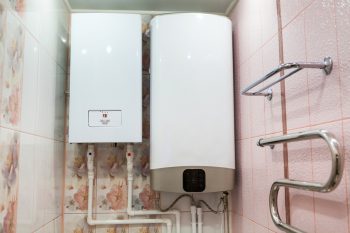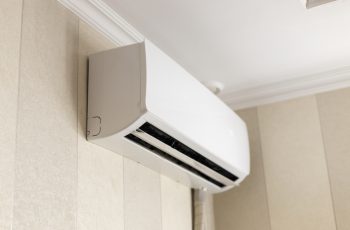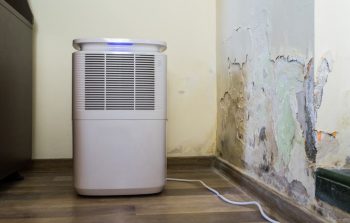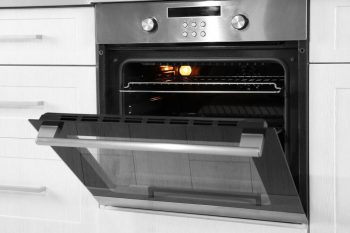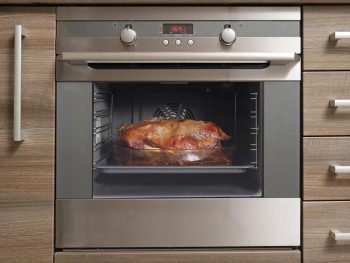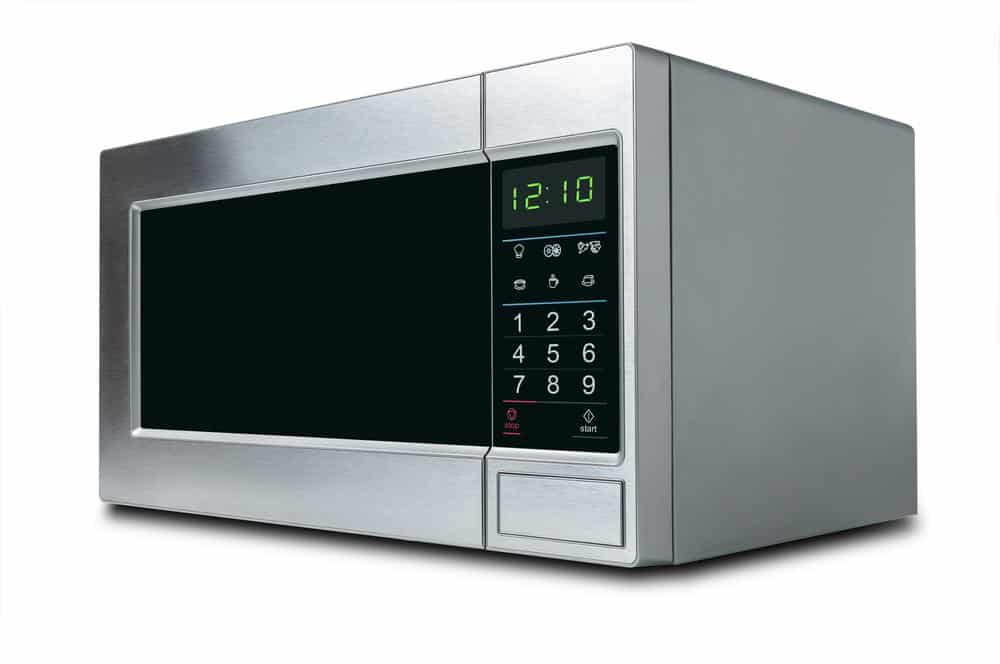
The kitchen is the heart of any home. It’s where meals are prepared, conversations are held, and memories are created. And while aesthetics are important, functionality is equally critical. One common issue that homeowners often face is a gap between their microwave and cabinet. Not only can this disrupt the overall look of the kitchen, but it can also accumulate dust and debris, making it difficult to clean and maintain. So, how can you fill this gap and ensure a seamless look in your kitchen? In this comprehensive guide, we’ll explore various methods, materials, and tips to help you do just that.
To fill the gap between a microwave and a cabinet, you can use a microwave filler kit or trim kit, which are designed to give your microwave a sleek, built-in look. If a suitable kit isn’t available, consider custom solutions like scribe molding or creating additional storage. DIY options include using materials like caulk, wood filler, expanding foam, trim or molding, cabinet filler strips, and aluminum gap erasers. Always measure the gap accurately and follow the manufacturer’s instructions for the best results.
Understanding Microwave and Cabinet Dimensions
Before we delve into the solutions, it’s important to understand the standard dimensions for microwaves and kitchen cabinets. Most over-the-range microwaves measure around 30″ wide, 17″ high, and 15″ to 18″ deep with the door closed. Built-in microwave sizes tend to match standard cabinet dimensions. Countertop microwaves come in sizes from compact to extra large, with widths ranging from 15 to 18 inches and heights from 10 to 12 inches.
Standard kitchen cabinet dimensions vary depending on the type of cabinet. Base cabinets typically have a height of 34.5 inches without the countertop and 36 inches with the countertop. The standard depth for base cabinets is 24 inches, and widths range from 12 to 60 inches, usually available in 3-inch increments. Upper kitchen cabinets have standard widths of 12, 15, 18, 24, 27, 30, 33, and 36 inches. Tall cabinet widths are 18, 24, 30, and 33 inches.
Filling the Gap: A Range of Solutions
There are several ways to fill the gap between a microwave and a cabinet, each with its own benefits and considerations. Here are some of the most popular options:
Microwave Filler Kit or Trim Kit
These kits are designed to fill gaps and give your microwave a sleek, built-in look. They come in various sizes and materials, such as silicone gap covers or stainless steel L-shaped fillers. You can find these kits on Amazon, Home Depot, and other retailers. Make sure to choose a kit that matches the dimensions of the gap between your microwave and cabinet.
Custom Solutions
If you cannot find a suitable filler or trim kit, you can consider custom solutions like scribe molding or creating additional storage space using materials similar to your cabinets. This may require carpentry skills or the help of an expert.
DIY Options
For those who are handy, there are several DIY options to consider. Caulk, wood filler, expanding foam, trim or molding, cabinet filler strips, and aluminum gap erasers are all potential materials that can be used to fill the gap.
Regardless of the method you choose, it’s crucial to measure the gap accurately and follow the manufacturer’s or professional’s instructions to achieve a professional-looking result.
The Cost of Filling the Gap
The cost of filling the gap between a microwave and a cabinet largely depends on the method used and whether you’re doing it yourself or hiring a professional. On average, you can expect to pay between $100 to $400 for a microwave filler kit or trim kit. Custom solutions or hiring a professional can cost more, depending on the complexity of the task.
Maintaining the Filled Gap
Once you’ve filled the gap, regular maintenance can ensure its long-term durability. This includes using the right filler material, following proper application techniques, allowing the filler to dry, addressing the root cause of the gap, performing regular maintenance, and using reliable, long-lasting materials.
Wrapping Up
Filling the gap between your microwave and cabinet can enhance the aesthetic appeal of your kitchen and improve its functionality. By understanding the standard dimensions, exploring various solutions, considering the costs, and implementing maintenance tips, you can effectively fill the gap and ensure a seamless look in your kitchen.
Remember, every kitchen is unique. If you’re unsure about the best method for your specific situation, don’t hesitate to consult with a professional. After all, your kitchen deserves the best.
Frequently Asked Questions
What if the gap between my microwave and cabinet is larger than the standard filler kits available in the market?
In such a case, you might want to consider custom solutions. You can hire a professional to create a custom filler that fits the gap accurately, or if you’re handy, you can create a DIY solution using materials like wood filler, caulk, or molding.
Can I use any material to fill the gap between my microwave and cabinet?
Not all materials are suitable for filling the gap. The material you choose should be able to withstand the heat and humidity typically found in kitchens. Commonly used materials include silicone gap covers, stainless steel L-shaped fillers, wood filler, caulk, and expanding foam.
How often should I maintain the filled gap?
The frequency of maintenance largely depends on the material used to fill the gap and the conditions in your kitchen. However, it’s generally a good practice to inspect the filled gap at least once a year to ensure it’s holding up well and clean it as needed to prevent the accumulation of dust and debris.
What are the potential issues if I leave the gap unfilled?
Leaving the gap unfilled can disrupt the aesthetic appeal of your kitchen. The gap can also accumulate dust and debris, making it difficult to clean and maintain. In some cases, it might even become a hiding spot for pests.
Can I fill the gap myself, or should I hire a professional?
If you’re handy and confident in your skills, you can certainly fill the gap yourself. However, if the gap is too large, or if you’re unsure about the process, it’s better to hire a professional to ensure a neat and professional-looking result.

